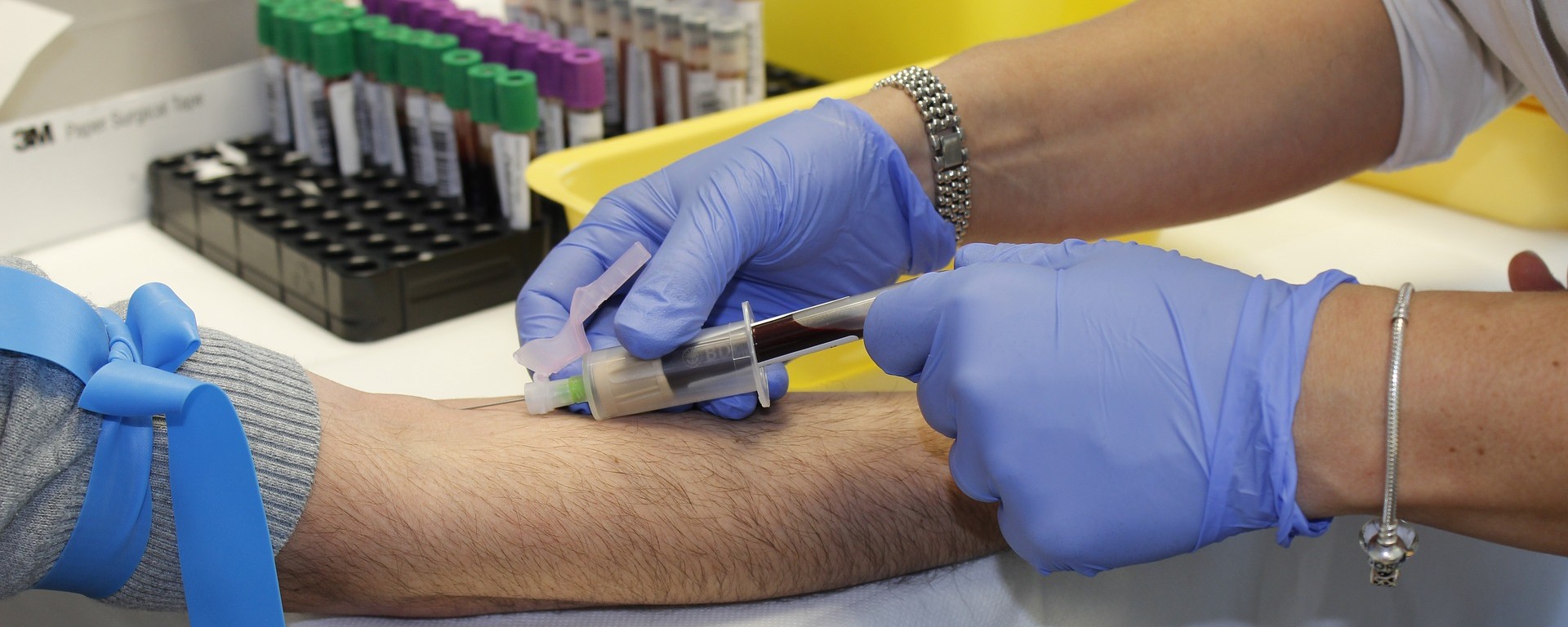The Single Strategy To Use For Northeast Medical Institute - New Haven Campus Phlebotomy Course & Cna Class
The Single Strategy To Use For Northeast Medical Institute - New Haven Campus Phlebotomy Course & Cna Class
Blog Article
Little Known Facts About Northeast Medical Institute - New Haven Campus Phlebotomy Course & Cna Class.
Table of ContentsAll about Northeast Medical Institute - New Haven Campus Phlebotomy Course & Cna ClassIndicators on Northeast Medical Institute - New Haven Campus Phlebotomy Course & Cna Class You Should KnowNortheast Medical Institute - New Haven Campus Phlebotomy Course & Cna Class Can Be Fun For EveryoneThe Best Guide To Northeast Medical Institute - New Haven Campus Phlebotomy Course & Cna ClassExcitement About Northeast Medical Institute - New Haven Campus Phlebotomy Course & Cna ClassThe Greatest Guide To Northeast Medical Institute - New Haven Campus Phlebotomy Course & Cna Class
Nevertheless, using such gadgets must be gone along with by other infection avoidance and control techniques, and training in their use. Not all safety devices apply to phlebotomy. Prior to choosing a safety-engineered device, users need to extensively check out readily available devices to determine their suitable use, compatibility with existing phlebotomy practices, and efficiency in shielding team and individuals (12, 33).For setups with reduced resources, price is a driving aspect in purchase of safety-engineered devices. Where safety-engineered tools are not available, knowledgeable use of a needle and syringe is acceptable.
Among the important markers of top quality of treatment in phlebotomy is the involvement and collaboration of the individual; this is equally advantageous to both the health and wellness employee and the client. Clear info either created or spoken should be available to each person that undertakes phlebotomy. Annex F provides sample message for discussing the blood-sampling procedure to a patient. labelling); transportation problems; interpretation of results for professional monitoring. In an outpatient division or center, give a devoted phlebotomy cubicle containing: a tidy surface area with two chairs (one for the phlebotomist and the various other for the client); a hand laundry container with soap, running water and paper towels; alcohol hand rub. In the blood-sampling area for an outpatient division or facility, offer a comfy reclining sofa with an arm rest.
The 3-Minute Rule for Northeast Medical Institute - New Haven Campus Phlebotomy Course & Cna Class
Guarantee that the signs for blood tasting are plainly specified, either in a written protocol or in documented guidelines (e.g. in a laboratory form). Gather all the devices needed for the treatment and area it within secure and very easy reach on a tray or cart, ensuring that all the things are clearly visible.
Where the person is adult and mindful, adhere to the steps outlined below. Introduce on your own to the person, and ask the patient to mention their complete name. Inspect that the laboratory kind matches the individual's identity (i.e. match the person's details with the lab kind, to ensure accurate identification). Ask whether the license has allergic reactions, fears or has ever collapsed during previous shots or blood attracts.
Make the person comfy in a supine position (if feasible). The individual has a right to decline a test at any time prior to the blood tasting, so it is essential to make certain that the individual has actually recognized the procedure - PCT Classes.
The 25-Second Trick For Northeast Medical Institute - New Haven Campus Phlebotomy Course & Cna Class
Expand the individual's arm and evaluate the antecubital fossa or lower arm. Situate a vein of a great dimension that is noticeable, straight and clear.
DO NOT place the needle where capillaries are drawing away, since this enhances the possibility of a haematoma. Situating the capillary will help in figuring out the right size of needle.
Specimens from main lines carry a danger of contamination or erroneous lab examination results. discover this info here It is appropriate, but not suitable, to draw blood specimens when first introducing an in-dwelling venous tool, before linking the cannula to the intravenous liquids.
9 Simple Techniques For Northeast Medical Institute - New Haven Campus Phlebotomy Course & Cna Class
Failing to allow adequate contact time boosts the danger of contamination. DO NOT touch the cleaned up site; in specific, DO NOT place a finger over the vein to guide the shaft of the exposed needle.
Ask the client to form a fist so the veins are more prominent. Enter the blood vessel promptly at a 30 level angle or much less, and remain to introduce the needle along the blood vessel at the most convenient angle of entrance - CNA Training. Once enough blood has actually been collected, release the tourniquet prior to taking out the needle
Northeast Medical Institute - New Haven Campus Phlebotomy Course & Cna Class - An Overview
Take out the needle gently and use gentle pressure to the site with a clean gauze or dry cotton-wool sphere. Ask the patient to hold the gauze or cotton woollen in position, with the arm prolonged and elevated. Ask the client NOT to flex the arm, because doing so triggers a haematoma.

The Definitive Guide to Northeast Medical Institute - New Haven Campus Phlebotomy Course & Cna Class
Where feasible, maintain the tubes in a shelf and move the rack towards you - https://northeastmed.weebly.com. If the example tube does not have a rubber stopper, inject extremely gradually into the tube as minimizing the stress and speed used to move the specimen lowers the threat of haemolysis.

Report this page